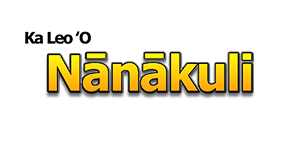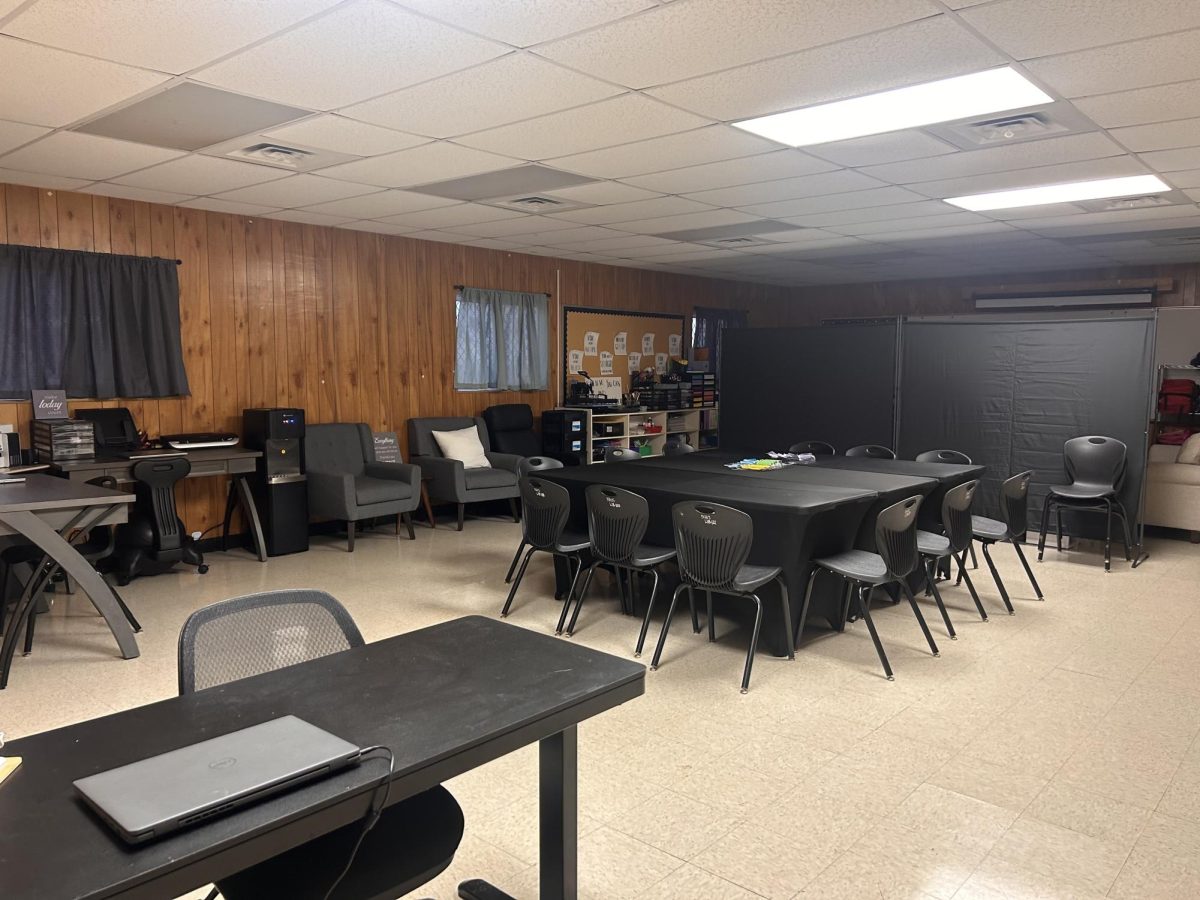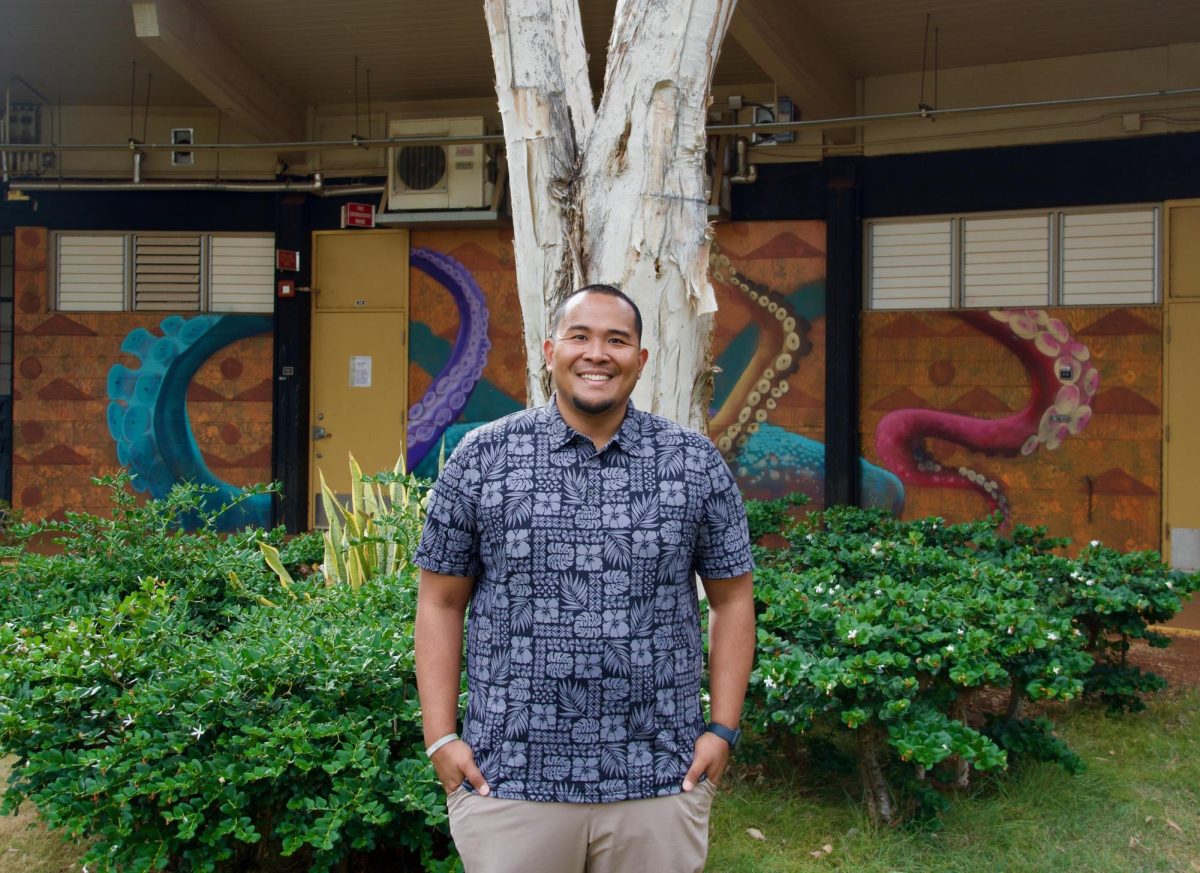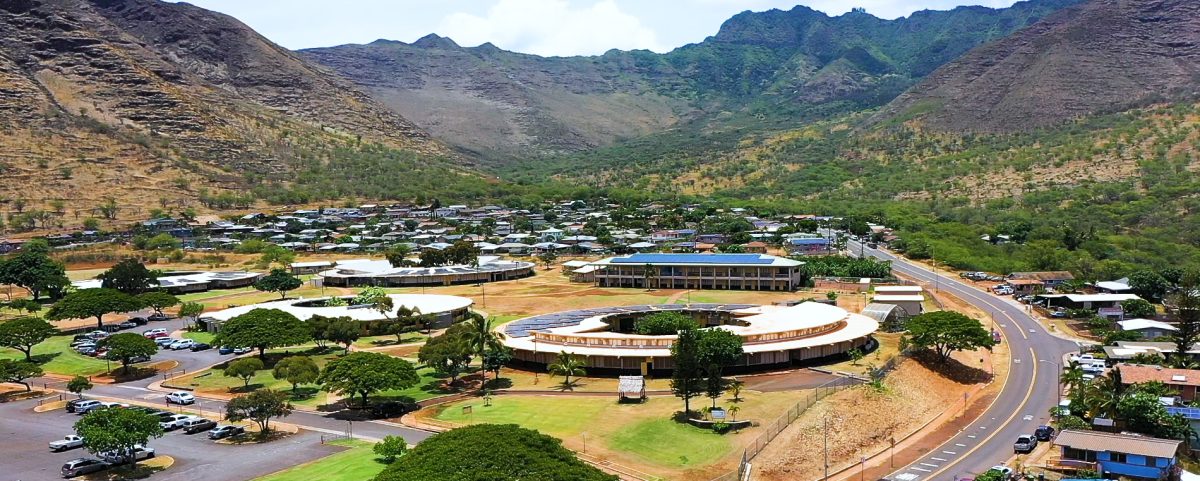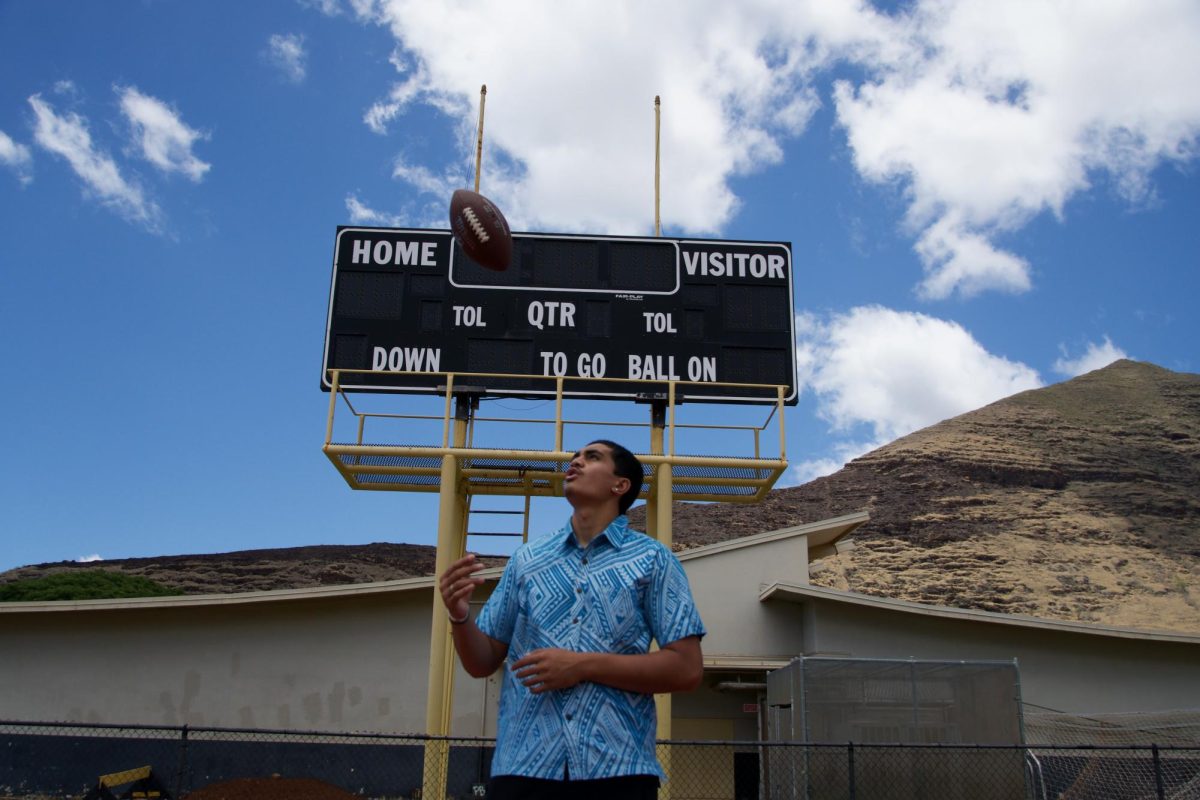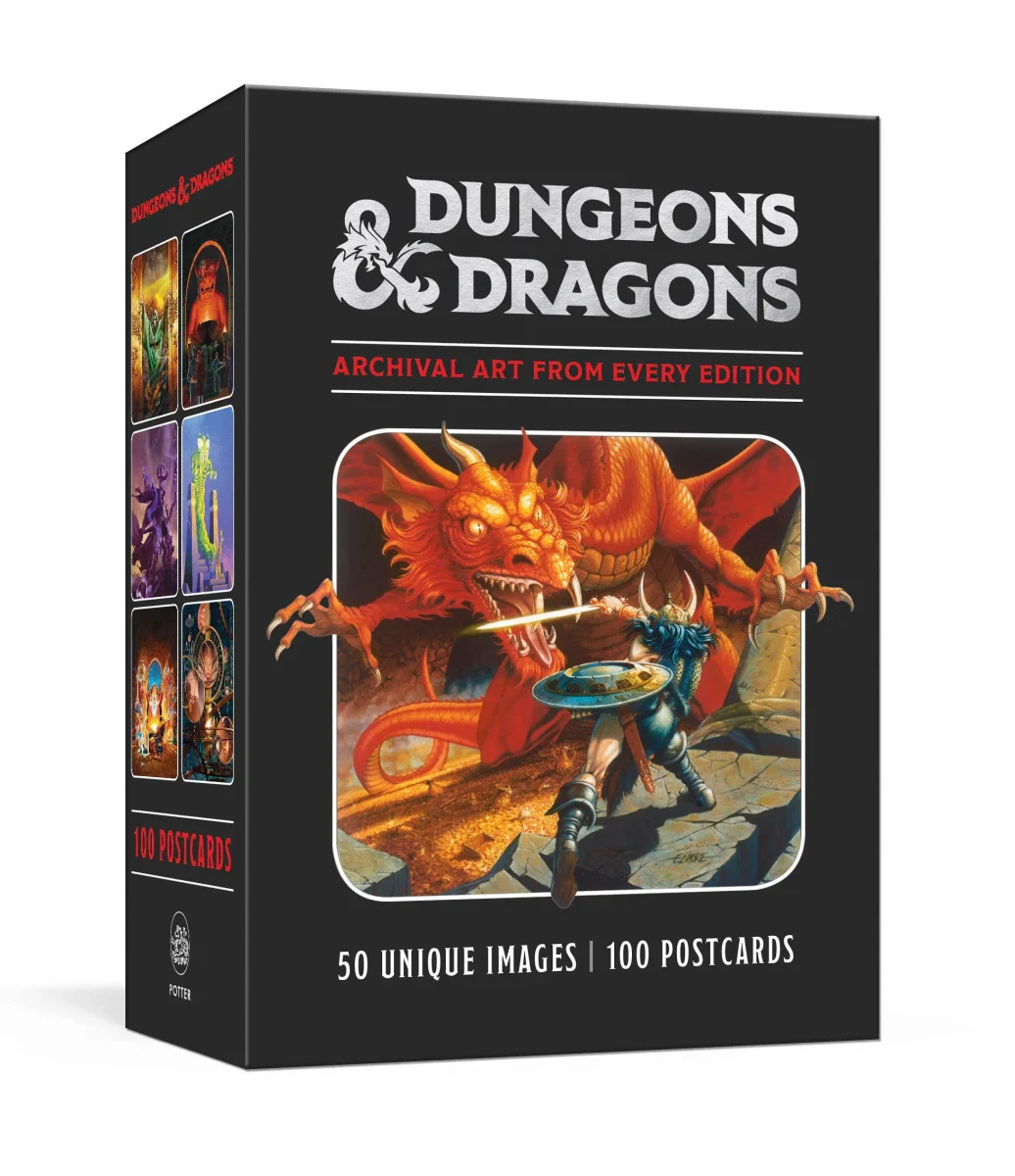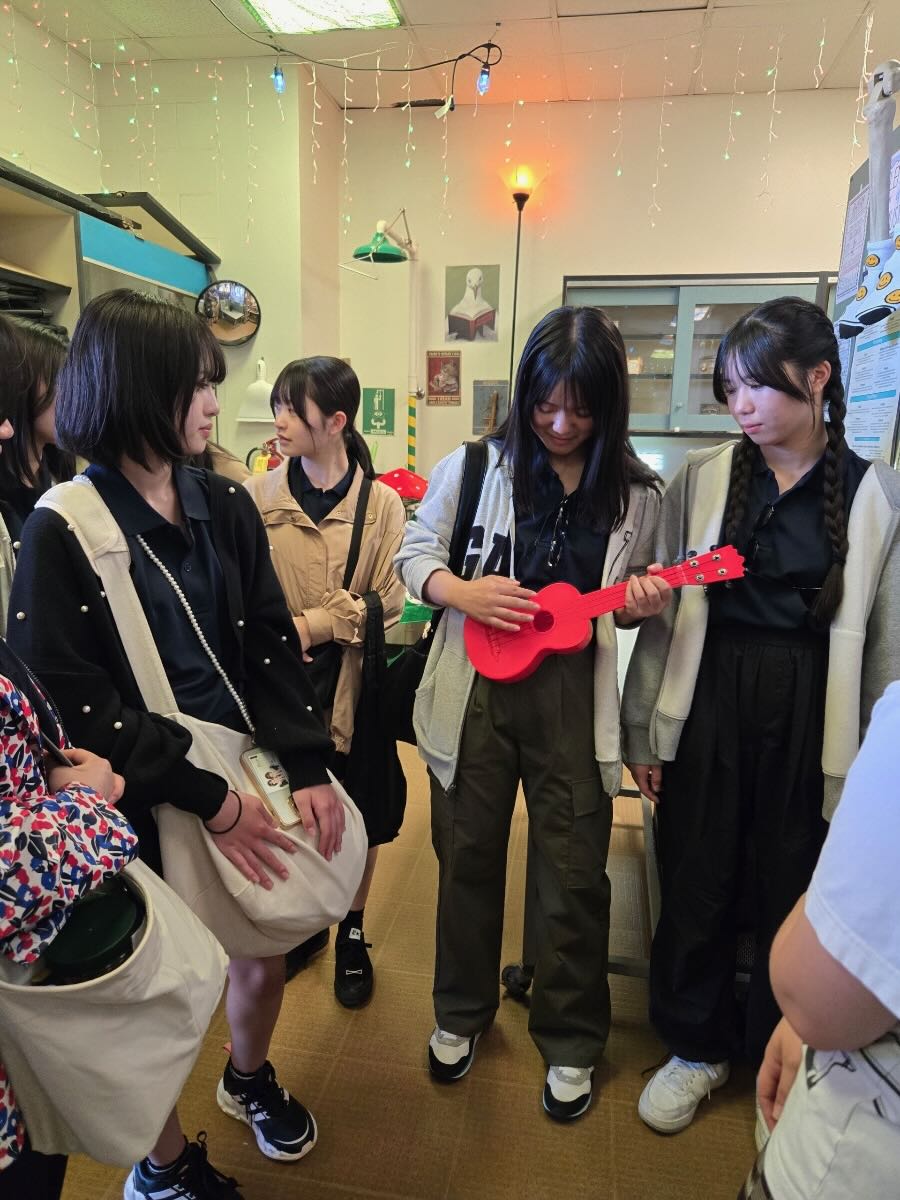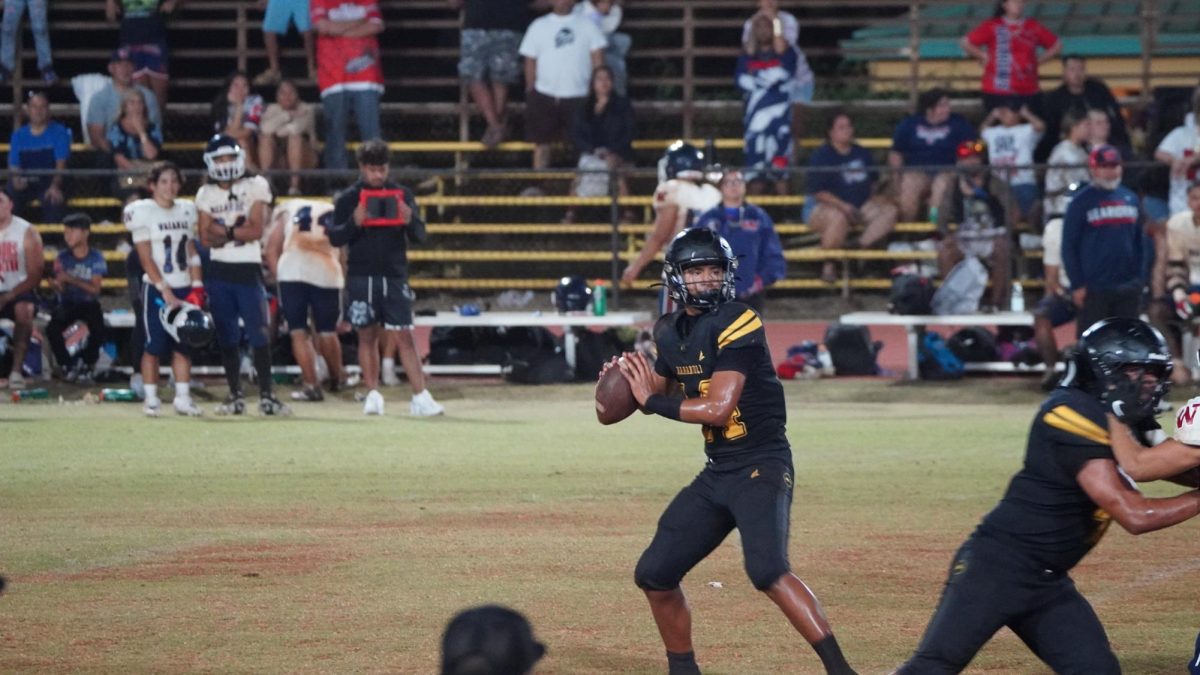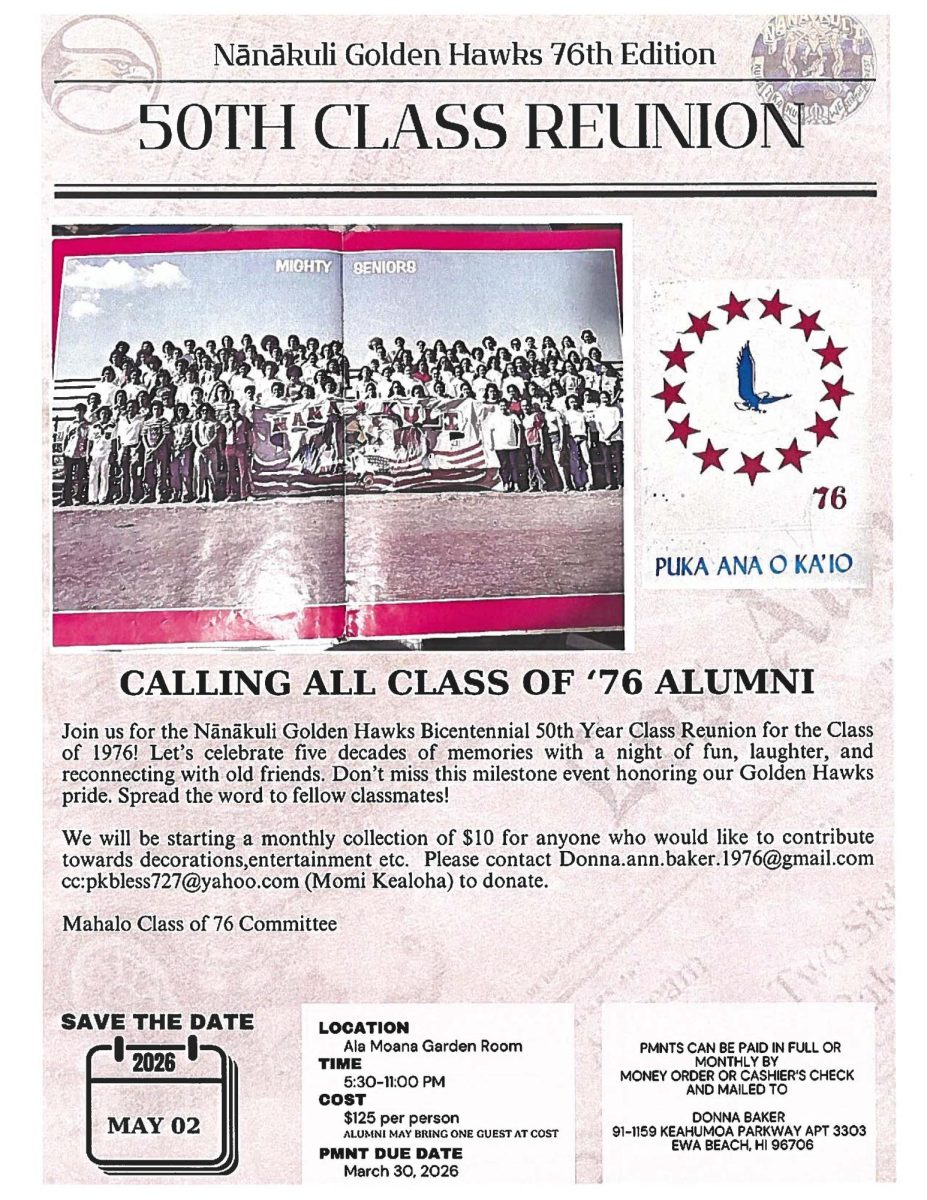Michelle Pieper, known to most as Kumu Pieper, a teacher at Nānākuli High and Intermediate School, recently received a student success grant from the National Education Association. The grant will help expand her student-led initiative called “Waste to Hope,” a project that transforms shredded cardboard into sleeping mats, pillows, and insulation wraps for houseless individuals in the community.
The inspiration behind “Waste to Hope” came not from a textbook, but from the students themselves.
“This project was born straight from the hearts of our haumāna,” said Pieper. “When our students realized the number of houseless individuals living along our coastline, they wanted to do something. One of them said, ‘We can’t just walk past people and pretend like it’s not our kuleana.’ That’s where the title Waste to Hope came from.”
Originally intended as a lesson on sustainability, the project quickly grew into something far deeper.
“What started as a lesson on sustainability evolved into a movement about aloha,” Pieper explained. “The sleeping bags they designed from shredded cardboard became more than just recycled materials—they became symbols of compassion. This grant was an opportunity to scale that heart work and show the world that our kids can lead with empathy.”
The project operates through the school’s Sustainable Saturday program, where students collect discarded cardboard from the community, shred it, and exchange it with local farmers for fresh produce. Now, they are going one step further by repurposing that same shredded cardboard into usable, comfort-providing items for the houseless population.

“We’re weaving in raffia, using large wooden needles, and emphasizing design and function,” Pieper shared. “It’s hands-on work that takes time, heart, and dedication.”
Pieper’s goal is to provide students with more than just academic lessons, she wants them to leave with values that shape who they are.
“I hope they gain the kind of education that can’t be measured by a test: the ability to mālama ʻāina, to understand environmental justice, and to feel deeply for their community,” Pieper said. “Our westside has been dumped on for generations—landfills, legacy pollution, lack of access to clean resources. I want my students to know that they can be the generation to change that narrative.”
Beyond the classroom, “Waste to Hope” is already making a tangible impact. The program has reinvested over $55,000 back into the school through previous grants and support initiatives, and the vision doesn’t stop at Nānākuli.
“My dream is for every school and organization on the westside — and beyond — to host their own Sustainable Saturdays,” said Pieper. “There’s no reason why our schools should still be tossing cardboard into the trash when it could be turned into clean, CRB-free mulch to feed our farmers.”

Pieper believes deeply in the potential of student-led sustainability efforts. “When schools support students leading sustainable efforts, it sends a message: that youth voices matter, that mālama ʻāina is not optional, and that aloha lives in action, not just words.”

